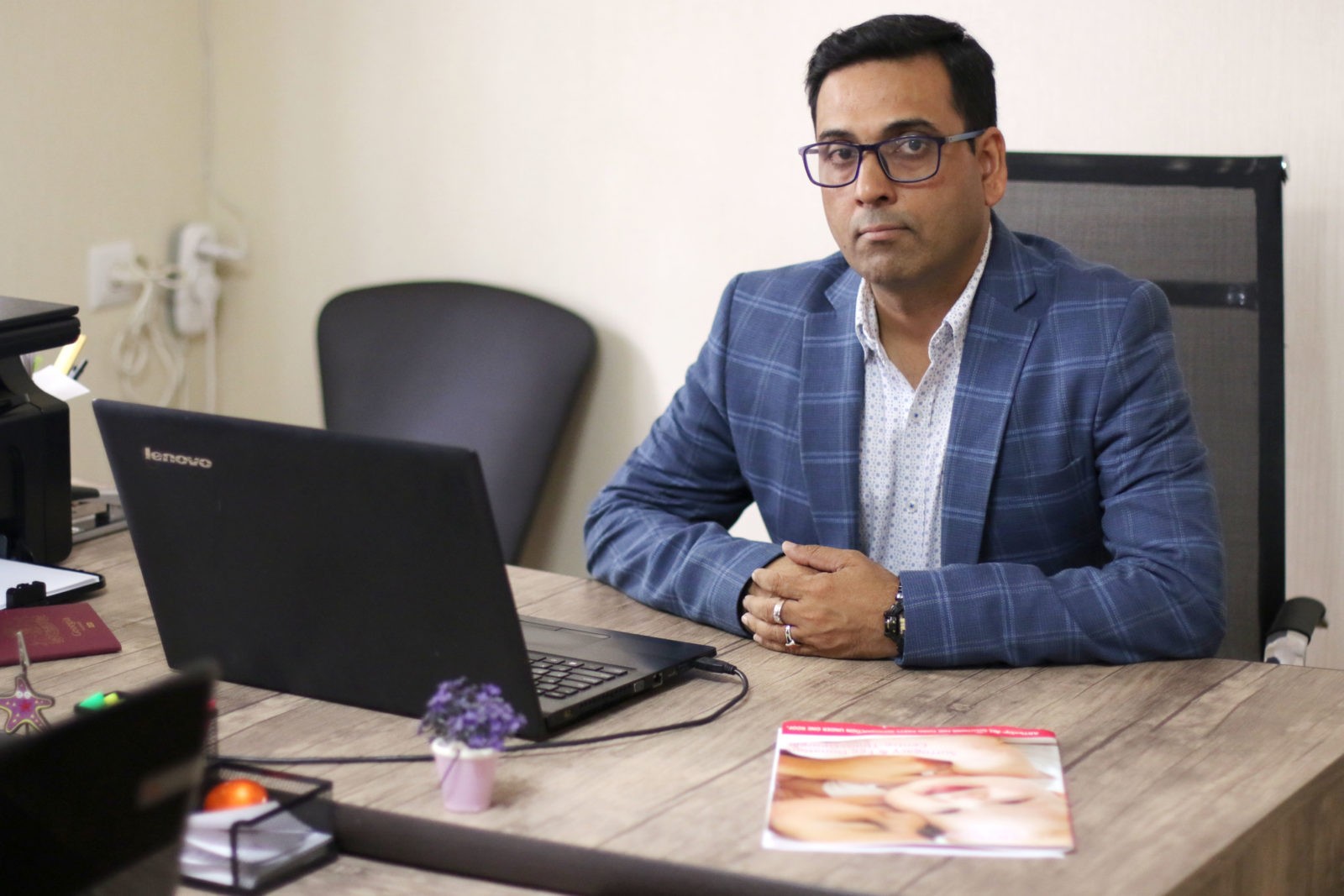On 5th May 2021, scientists from the University of Exeter have got success to reconstruct human embryos from stem cells in the research lab. The human embryo created from stem cells gives light to the advancement of human fertility and reproduction research. Scientists have discovered a simple and realistic way to create an early human embryo structure. This discovery unfolds the novel ways to study human fertility and reproduction.
It has well-established that stem cells can turn into different types of cells. The invention of a method for conversion of organizing lab-grown stem cells into an exact model of the early phase of human embryo development is a collaborative effort of scientists at the University of Exeter’s Living Systems Institute with associates from the University of Cambridge. The scientific invention of the artificial first stage of the embryo helps to understand the development process of the human embryo that could also be helpful for infertility research. It is expected that this development may help to avoid miscarriage and other complications. The artificially created human embryo may useful for developing embryos in assisted conception procedures such as IVF. However, further research is required for this.
Previously, a research team discovered that a human stem cell could generate essential elements required to create blastocytes. Blastocyte is a very initial stage of embryo formation that is created after the fertilization of egg and sperm. The Director of the University of Exeter admitted that the discovery of stem cells’ ability to create all the fundamentals of the human embryo is a surprise for a medical invention.
The stem cells collected from whole blastocysts can recreate similar fully formed embryo structures. This discovery is quite remarkable as it opens the door to learn more about the human embryo.
The detailed infertility study requires several human embryos because of the increased rate of infertility. This research has the potentiality to the advancement of understanding. The researchers often face the challenge to perform research on human embryos because of the very few human embryos available for research purposes. Although researchers use the mice model to solve this challenge, the reproductive system of this animal is significantly different from humans.
In this research, the researchers arrange the stem cells into clusters. Then, they introduced two molecules to check embryonic cell behavior in the early developmental phase. Researchers found that 80% of the clusters organized themselves after 3 days and reach to blastocyst stage of the embryo. Around 200 cells form a ball-like structure after 6 days of fertilization of egg and sperm. The research team has found the same active genes on the artificial embryos as in the natural embryos.
The head of the research team acknowledged that this research invents a novel technique that creates a trustworthy arrangement to study primary human development without using embryos. This embryo-producing technique may not be useful to develop babies artificially in the laboratory, but it a great approach to research IVF and infertility in detail. The further aim of this research is to check why embryo implantation fails as a failure of implantation leads to miscarriage and improper development of the embryo after transferring to the womb.
Reference: science daily

Ravi Sharma is a self-motivated, successful entrepreneur and has a solid experience in the fertility segment. and he is the director at ARTbaby Global (ARThealthcare). He is a pharmacy graduate with post-graduation in business administration and has 14 years of rich experience in the field of infertility segment. He loves to write about IVF, Surrogacy, and other ART (assisted reproductive technology) news, issues, and updates. He is a Pharmacy graduate (B. Pharm) and M.B.A (marketing).
His most recent success includes the successful launch of the medical tourism company, ARTbaby, which offers treatment options for infertility, egg donation, and surrogacy. He likes spending time with his family and writing about various aspects of IVF surrogacy and donating eggs.
